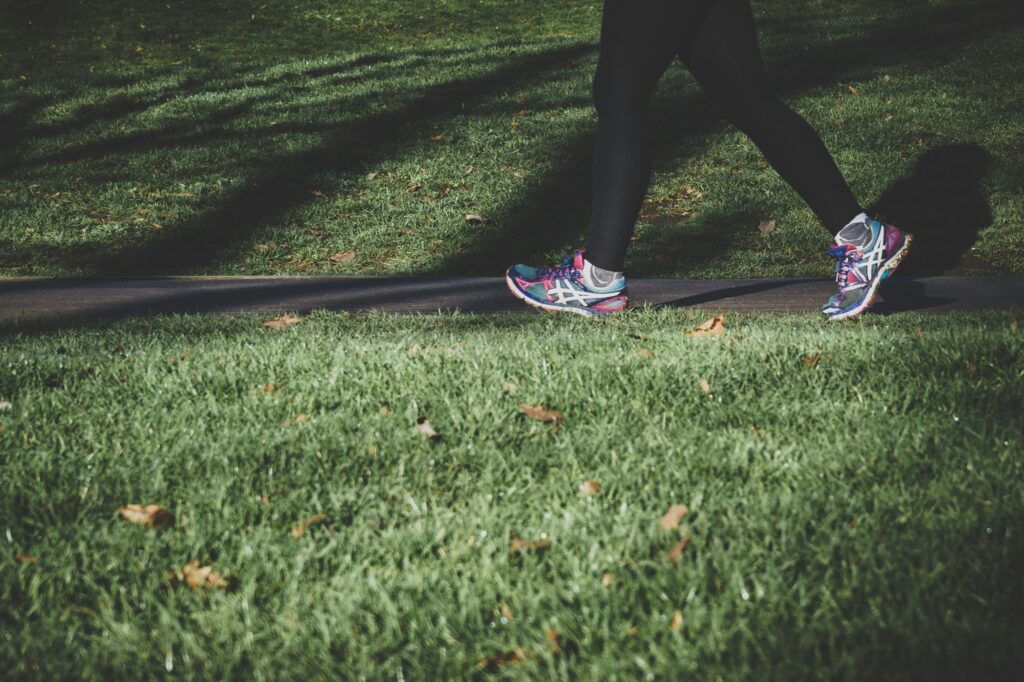The best exercise for peripheral arterial disease can help reduce symptoms of PAD, including painful muscle cramps due to reduced blood flow to the legs and feet. Now, these cramps are often worst when you exercise, so movement may be off-putting. But, according to new guidelines from the American College of Cardiology (ACC), the American Heart Association (AHA), the Society for Vascular Surgery (SVS) and the Society of Interventional Radiology (SIR), engaging in structured exercise is a “core component” of PAD management. But what should that exercise look like? Here's what you need to know.

Walking on the treadmill under supervision is the best exercise for peripheral arterial disease, according to an Intervention Journal study. The authors suggest working "up to a target goal of accumulating 30 to 45 minutes of treadmill walking per session.” They also say that “exercise should be carried out at an intensity that elicits mild claudication pain within 5 minutes, and moderate to moderately severe claudication within 10 minutes followed by rest until claudication pain subsides." Basically, by working out until you experience muscle pain, these sessions will help you extend the amount of time you can exercise pain-free before experiencing cramps.
Now, if you hate the idea of walking on a treadmill, or don't have access to this equipment, you can still use exercise to manage your peripheral artery disease symptoms. For starters, you could take a walk around the block, or engage in seated cycling workouts. As long as you've cleared workouts with your doctor, resistance training can also be beneficial, using dumbbells, resistance bands or even your own body weight. Or, for an equipment-free workout you can do anywhere, try engaging in leg extensions, to boost blood flow to your legs.
When you have peripheral artery disease, avoid high-intensity workouts that focus on heavy lifting, jumping, or even long runs. (These can all put excess pressure on your feet.) And avoid outdoor workouts when the temperatures rise, since that could put undue stress on your body. Also, if you have a leg ulcer, choose seated, gentle workouts over ones that keep you on your feet. And be sure to clean and dry the area before and after completing your workout.
Remember, even if you engage in the best exercise for peripheral arterial disease, you may still need additional interventions in order to improve your blood flow and prevent disease progression. And, if that's the case, our Georgia Endovascular Specialists are here to help, offering minimally invasive procedures to reduce your PAD burden. Simply request a consultation in the office, and we'll put you on a path toward relief.

Atlanta
3225 Cumberland Blvd. Southeast, Suite 520
Atlanta, GA 30339
Stockbridge
1035 Southcrest Dr., Suite 220 + 250
Stockbridge, GA 30281
Tucker
1975 Lakeside Pkwy., Suite 300
Tucker, GA 30084
Scheduling
Please contact our dedicated specialists to schedule a consultation today.
2025 Georgia Endovascular. All rights reserved. Website Design by Healthcare Success